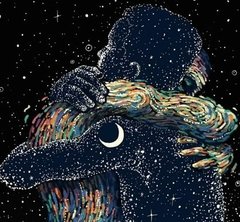Sign in to follow this
Followers
0

The Menu is not The Meal. Fallacies inherent in Modeling
By
silent thunder, in The Rabbit Hole

By
silent thunder, in The Rabbit Hole